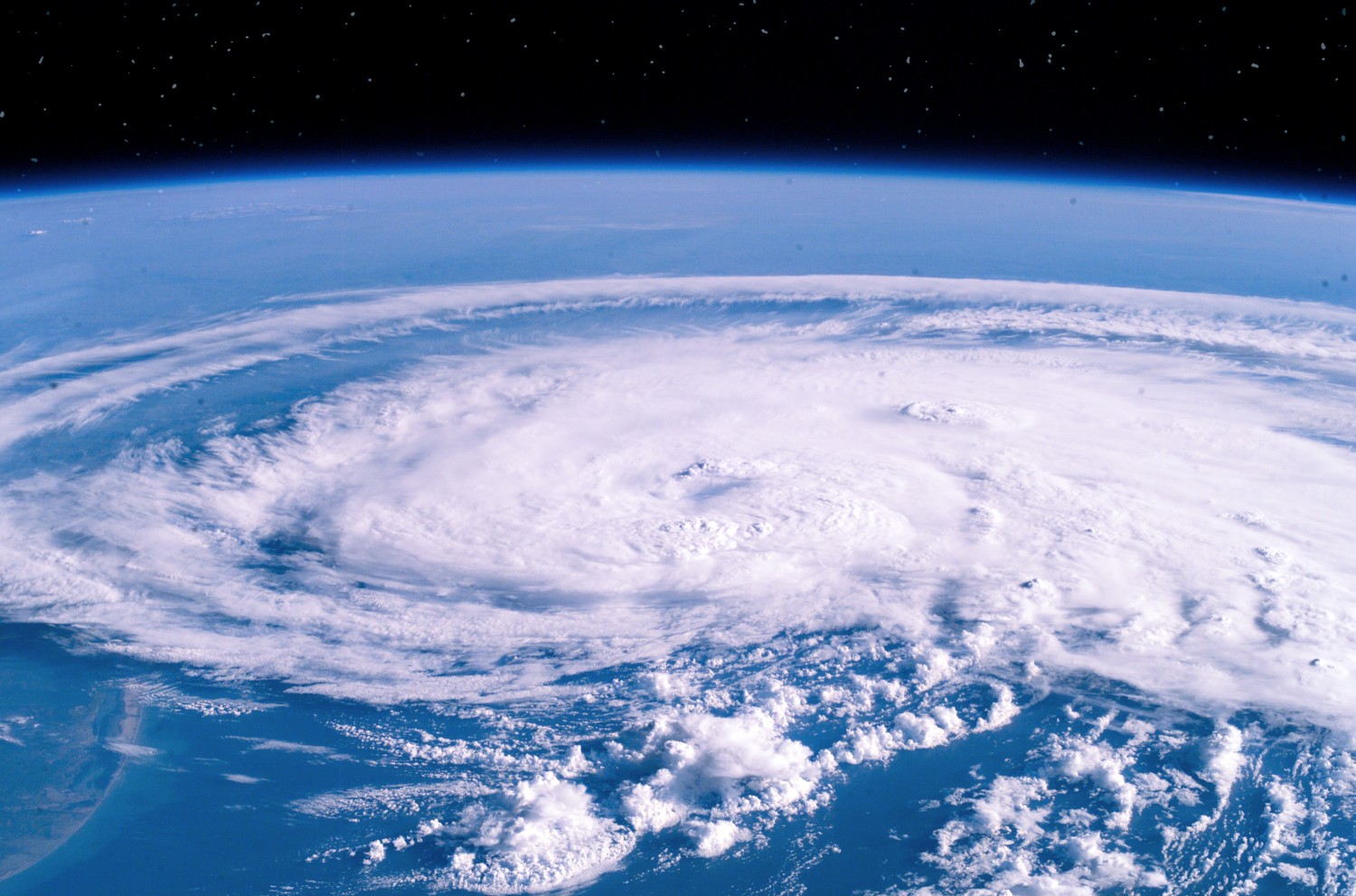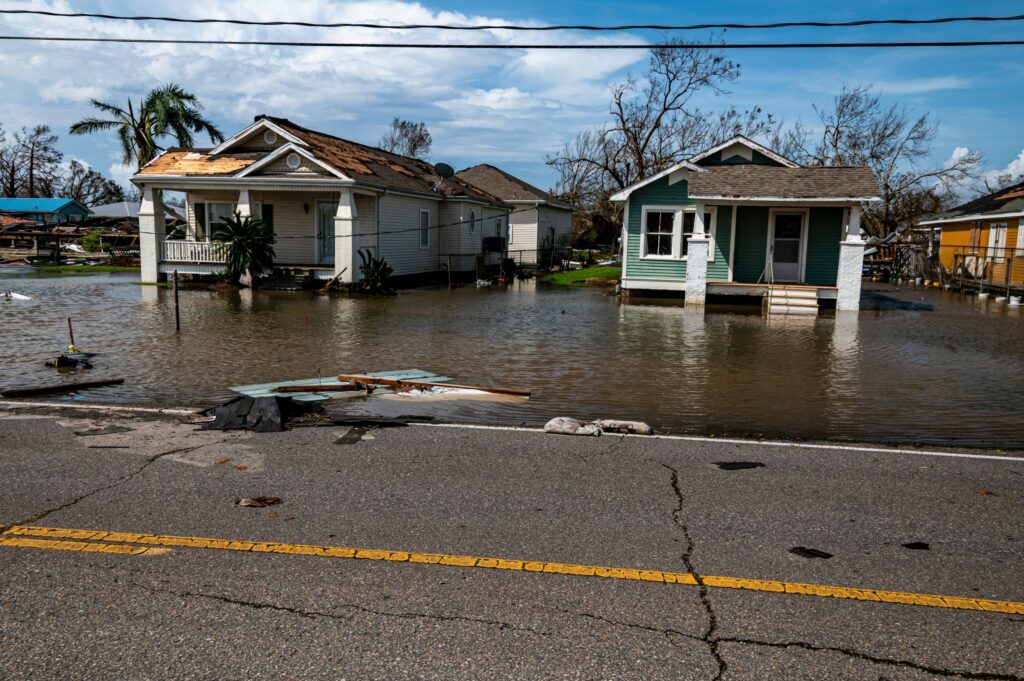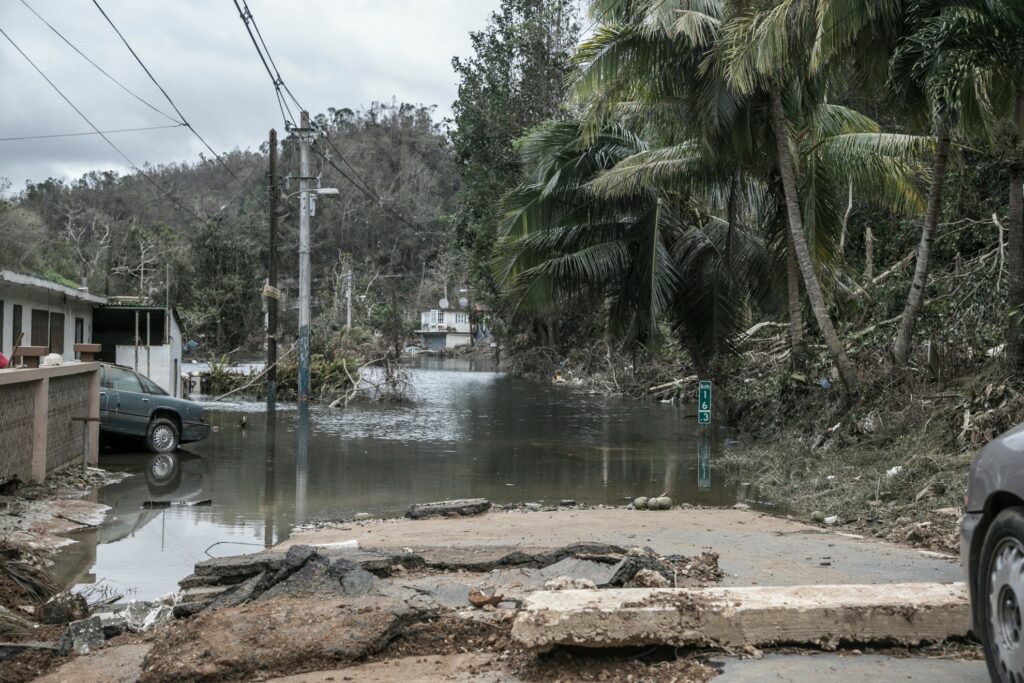
Heavy Rain, Flooding, and Chance of Severe Weather Staring Down the Southern U.S.
January 22, 2024
Posted: November 11, 2022 8:51 pm





Atlantic Hurricane Season Officially Over on November 30
If it is understandable if you are confused about the arrival of Hurricane Nicole in Florida this week. After all, November does not seem like prime hurricane season. By this time of the year, ocean waters have cooled considerably in the Northern Hemisphere, hampering the development of these tropical features. In addition, the presence of stronger wind shear tends to break apart these storms before they can intensify further.
However, meteorologists are pointing to global warming as being a culprit of sea surface temperatures across the Atlantic basin trending above normal since 1995. As such, the central Atlantic has been a more common birthplace of many of these late-season tropical events. Additionally, advancements in satellite data have made it easier to spot some of the shorter-lived storms that may never approach land and would have gone largely unnoticed in the past.
The official end to the Atlantic hurricane season is not until November 30, however, it is not out of the ordinary for storms to churn up this time of the year. Although the database of NOAA’s Atlantic Oceanographic and Meteorological Laboratory indicates a total of just 50 hurricanes that formed during the years between 1851 and 2020, only three of these ever made it to land in the U.S. Here is a look back at some of the most well-known November hurricanes over history.

There is no doubt that the 2020 Atlantic hurricane season was one for the record books. The year went out with a bang with the formation of Hurricane Eta. This storm went from a tropical storm to a powerful Category 5 hurricane in a short amount of time during the first few days of the month, eventually making landfall in Nicaragua as a Category 4 storm. Eta was blamed for at least 175 fatalities.
The storm then traveled an erratic path through the Gulf of Mexico, making separate landfalls in Cuba, the Florida Keys, and along the west coast of Florida as a tropical storm. To put the record-breaking season of 2020 into perspective, Eta was the 28th named storm that year as compared to Nicole being the 14th named storm of 2022.
What made Hurricane Otto most remarkable was that it formed toward the end of the month. The feature was not named a tropical storm until November 20th when it spun up just to the north of Panama. The storm eventually evolved into a Category 3 hurricane with winds of 115 mph. The storm was responsible for at least 18 deaths in Central America.
Otto took a trip across Central America, bringing rain and wind to Nicaragua and Costa Rica when it made landfall on Thanksgiving Day. Otto is also distinguished as the only hurricane on record to cross over the entirety of Costa Rica, maintaining its center of tropical circulation into the East Pacific. In addition, Otto was the latest hurricane landfall in this part of the world and the southernmost Atlantic basin hurricane to make landfall in Central America.

Although Hurricane Ida was not blamed for any deaths, the storm caused havoc in many areas of the Atlantic basin. The storm first formed in the Caribbean Sea on November 4, 2009, quickly moving to Nicaragua by the following day. Despite the fact that Ida did not kill any Nicaraguans, the storm destroyed thousands of structures.
Ida was just getting started when it moved back into the Caribbean Sea, intensifying into a Category 2 hurricane by November 8 after it found the warm waters of the Gulf of Mexico. Fortunately, Ida weekend to a tropical storm status before it made two separate U.S. landfalls on November 10. Alabama’s Dauphin Island, outside of Mobile, was the site of the first landfall. The second landfall happened to the northwest of Bon Secour in Alabama. Ida is known as the second latest hurricane to make landfall across the northern Gulf Coast.
One year before Hurricane Ida, it was Hurricane Paloma that developed off the coast of Nicaragua and Honduras on November 5, 2008. While the storm made it all the way to a powerful Category 4 hurricane in the coming days, it weakened to a Category 2 storm prior to crashing onto the coast in Santa Cruz del Sur, Cuba.
The island nation was under Paloma’s wrath for a long period of time, triggering mass amounts of flooding due to a 20-foot storm surge. Hurricane Paloma also significantly impacted parts of Florida with its outer rain bands, as well as the Bahamas, Jamaica, and Honduras.
Hurricane Lenny is at the top of the list of rankings of the strongest hurricanes in the Atlantic over the month of November. The storm churned through the Caribbean over a period of 10 days, between November 13 and November 23, 1999. What was also interesting about Lenny is that it moved directly to the east as opposed to the west after it formed in the central Caribbean Sea. This trajectory took it as far as the western Leeward Islands.

Lenny also tracked over Puerto Rico, Colombia, and Saint Croix on its way to the Leeward Islands. The storm reached maximum sustained winds of 155 mph at its peak. Hurricane Lenny was connected to 17 deaths.

Hurricane Mitch took root in October and did not fade away until November 9, 1998. This long life span contributed to the massive amount of deaths associated with the storm, estimated to be at over 9,000. In addition to those confirmed deaths, there were over 9,100 people designated missing after the storm.
Not surprisingly, Mitch was a monster storm by every measure. The storm’s winds peaked at 177 mph, making it a Category 5 hurricane. The trail of destruction stretched from Central America through Florida and all the way across the Atlantic Ocean to the United Kingdom.
Did you find this content useful? Feel free to bookmark or to post to your timeline for reference later.

January 21, 2024

January 19, 2024

January 18, 2024